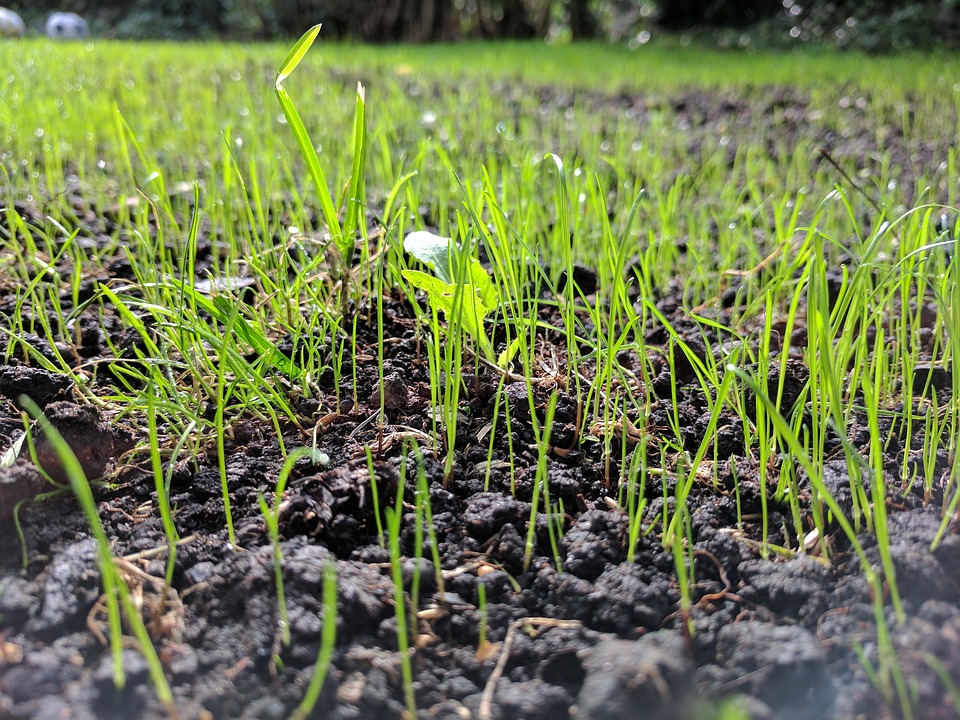
What is Europe’s agriculture doing to the soil
This year, on January 31, Luca Montanarella, Soil Action Leader of the Unit Land Resource Management of the Joint Research Centre, European Commission, gave a presentation on the state of Europe’s soil at an event in the European Parliament. There are probably only few people who are as familiar with international soil issues as he is. From the data, collected with great effort in recent years within the European soil observation system LUCAS, for which he is responsible, he cited the following: Soils under agricultural use show the symptoms erosion, soil compaction and humus loss. The humus content has fallen steadily in recent years and has been overestimated so far by 25 percent. These are threatening signs that we are not taking the resource soil seriously enough or are practicing wrong land use practices.
Humankind’s ability to use the resources of the soil was and is the basis of all human cultures. In his book “Collapse,” award-winning biologist and geographer Jared Diamond refers to the mismanagement of the soil and, as a result, the decline in soil fertility and erosion as the cause of the collapse of many ancient cultures. Societies that were in the deepest belief of technical superiority, despite clear warning signs for the overuse of the resource soil, continued to drive towards disaster. The geologist David R. Montgomery describes similar in his book “Dirt: How Societies Choose to Fail or Survive”, also for our current society[1]. This applies worldwide – and unfortunately also for Europe.
What’s going wrong?
Loss of soil biodiversity
From 2008 to 2011, the European SOILSERVICE project[2] examined the impact of varying levels of intensive agricultural use on soil ecosystem services throughout Europe. The project results revealed that intensive farming results in the loss of soil biodiversity. Monocultures, intensive fertilisation, frequent application of pesticides and a lack of organic matter to sustain soil organisms have all contributed to declining soil biodiversity and humus loss.
If soil life decreases, the contribution of soil organisms to maintaining soil functions also is lost. For instance, fungal-based food webs show less nitrogen loss due to leaching. They are also able to store more carbon in the soil. Examinations in the SOILSERVICE project show that the organisms making up fungal-based food webs are especially vulnerable to the intensification of agriculture. Mycorrhizal fungi, in particular, are sensitive to fungicides and mineral fertilisers and their biomass declines drastically when they are exposed to these substances. Mycorrhizal fungi also play a significant role in supplying crops with phosphorus, as they can free phosphorus from the parent rock and make it available to the plants. If this function is no longer performed – as is the case for the most intensively farmed soils – then plants must rely exclusively on external sources for their phosphorus supply. This aggravates the problem of globally limited phosphorus reserves and polluted phosphorus fertilizers[3].
Fungal-based soil food webs have many other benefits: they make soils more resistant to drought and release less carbon dioxide. In addition, mycorrhizal fungi can increase the resistance of crops to soil-borne and some leaf diseases[4]. We should use these services of soil life instead of decimating it.
Humus loss
There is an organic carbon lack in arable farming, which tends to monocultures and intensive (mineral) N- fertilization. There is not enough rotting material in the soil, which feeds the soil life, while the rooting is monotonous. An evaluation of the German Federal Institute for Geosciences and Natural Resources (BGR) from 2008 in Germany stated that 4 percent of the soil contained less than 1 percent humus, 30 percent have 1 to 2 percent humus. Contents of 2 to 4 percent apply to 47 percent of the soil [5]. In my experience from 20 years of agricultural advice and training in soil protection, the vast majority of intensively managed agricultural soils contain no more than 2 percent humus. According to agronomists from the European Soil Bureau Network (ESBN), soils that contain less than 3.6 per cent organic matter are in the early stages of desertification [6]. The cross-compliance conditions for the reception of CAP direct payments call for a humus content of 1.0 to 1.5 per cent (depending on the soil’s clay content). Compared with the ESBN’s findings, this would certainly seem to be insufficient for maintaining soil functions and enabling adaptation to climate change.
Not just sequestering C but humus-building initiative
What we need is not just putting as much carbon into the soil as we can, but a humus build-up initiative for our soils: with high quality organic fertilizer, which brings enough “living” carbon into the soil, with diverse crop rotations, in which humus-consuming and humus-gaining crops alternate, with mixed and under cropping. This is what organic farming has successfully practiced for years. Implementing permaculture and agroforestry would go some innovative steps further. In the vast majority of international and European policy recommendations, however, instead of a questioning of fertilizer management, we find very often the indication that no-tillage or conservation tillage can be used to increase humus content. That is just wrong.
Missing assessments lead to incorrect interpretation: no-tillage or conservation tillage
Simple technical solutions, such as the conversion to conservation tillage or no-tillage (sometimes also called conservation agriculture – and fundamental part of so called climate smart agriculture) do not help us with the humus question. This technique produces neither a healthy soil structure[7] nor more humus content because humus accumulation depends primarily on how much and which organic material is brought into the soil and not whether it is ploughed or not. To stop ploughing, contrary to often-repeated claims, does NOT result in any noteworthy humus build-up. This has been confirmed by an evaluation of 69 worldwide comparisons [8].
The Thünen Institute in Germany also comes to this conclusion: “Regarding conservation tillage, a shift of humus between the horizons but no carbon accumulation was observed under Central European conditions.“[9] The incorrect claim comes simply from missing measurements in deeper soil horizons: Many studies showing carbon accumulation had measured the carbon content in depths of only 15 cm or less but not below.
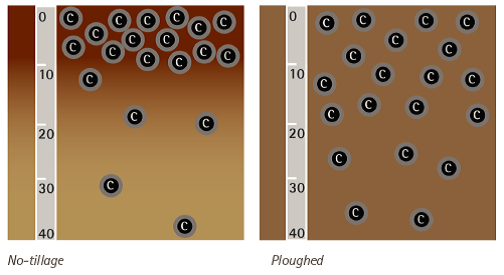
In terms of climate relevance, the technology is even counterproductive, as the N2O emissions (which are 300 times more climate warming as CO2) increase because no-till-soils show more compaction, which promotes nitrous oxide emissions [10]. At the same time, the use of broadband herbicide glyphosate increases as no-tillage is not possible without it in conventional intensive agro systems. As glyphosate and its degradation products have a negative impact on earth worms and other soil organisms [11] the claim “soil protective” should finally be debunked as fake labelling. Nonetheless, many recommendations on climate action at EU level and some of the agricultural support programs of EU member states (CAP pillar 2, agro-environmental measures) still incorrectly assume carbon storage and claim no-tillage as soil protective (even farmers associations [12]).
More protection from erosion with crop diversity
Practicing no tillage, crop residues are no longer incorporated into the soil and remain at the surface. Granted, this residue layer does indeed protect the soil from erosion. However better effects can be achieved with intercrops or undersowing. Intercropping and undersowing, beside erosion protection, perform the additional service of providing food for soil organisms and of loosening and stabilising the soil aggregates with their roots and polysaccharides. Soil organisms are also fed humus build-up takes place and a “sponge structure” can develop[13]. It has often been observed that compacted no-till soil structure shows many macro pores (high earthworm population). However, if there are a lot of vertical macro pores with a high capacity to absorb rainwater (a characteristic judged to be positive by most studies), but not enough micro pores, there is a risk that the percolation water may run quickly and almost unfiltered into the groundwater. Therefore, the water is not kept and cannot be stored for later periods of drought. Water storage (and cleaning) works only with a sponge structure built by microorganisms. In terms of climate change, such compacted soil structure is detrimental to drought resilience and harvest security [14].
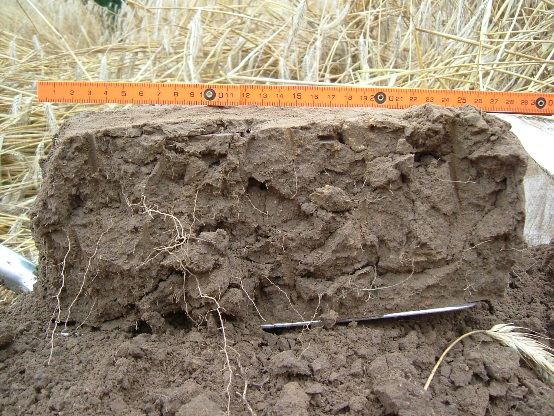
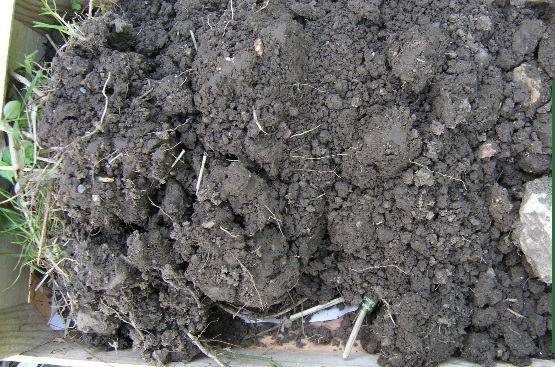
No-tillage only makes sense in high diverse agroecosystems, for example in organic farming – where diverse roots of diverse crop mixtures take over the soil loosening as well as aggregate stabilisation. But in this case we gain erosion protection and humus accumulation due to the diversity in the ecosystem and the organic fertilization and not due to the lack of ploughing [15].
Need of system change
Described symptoms of soil degradation in Europe are simply not compatible with the “Cross Compliance” agreement’s principle, which makes the receipt of direct payments conditional upon ‘‘maintaining the land in a good agricultural and environmental condition’’ [16] – neither where soil protection is concerned, nor if adaption to climate change is necessary.
With regard to soil services that are important for the long-term sustainable production of food and other important ecological services in European landscapes, there is an urgent need for action. In order to cope with heavy rainfall events and overcome drought periods in agriculture, the soils in Europe need an active humus management initiative that lives up to its name. In developing stable and resilient food supply systems innovative solutions from agroecology will bring us much further than just technical solutions, high-tech farming or big data.
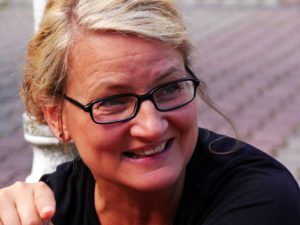 ANDREA BESTE is a geographer, agronomist and soil scientist. She wrote her PhD thesis on soil evaluation in a tillage survey and developed the field method “qualitative soil analysis”, which can be used by every farmer.
ANDREA BESTE is a geographer, agronomist and soil scientist. She wrote her PhD thesis on soil evaluation in a tillage survey and developed the field method “qualitative soil analysis”, which can be used by every farmer.
2001 she founded the Institute for Soil Conservation & Sustainable Agriculture (Büro für Bodenschutz & Ökologische Agrarkultur) in Mainz, Germany. The Institute offers international analysis and consultancy services in the fields of soil conservation and sustainable agriculture as well as in agri and food-policy. From 2008 she conducted political consulting to members of German Bundestag and European Parliament.
Since 2017 Beste is permanent Member of the Expert Group for Technical Advice on Organic Farming (EGTOP) to the European Commission.
Contact: gesunde-erde.net
[1] Diamond, J. (2005): Collapse: How Societies Choose to Fail or Survive.
Montgomery, D.-R. (2007): Dirt: The Erosion of Civilizations.
[2] SOILSERVICE (2012): Conflicting demands of land use, soil biodiversity and the sustainable delivery of ecosystem goods and services in Europe. SOILSERVICE has brought together natural scientists and economists in an inter- and transdisciplinary approach in order to understand how competition for land use influences soil biodiversity, and sustainable provision of ecosystem goods (bioenergy, food and timber, nature) and services (clean water, control of greenhouse gases, control of pests and invasive weeds). SOILSERVICE has studied ecosystem services and biodiversity in European agricultural soils in order to test and promote strategies for sustainable management of soil resources, and to mitigate degradation of soils that are under pressure from intensive land use, climate change and urbanisation.
Partners: Lund University, SE; Swedish University of Agricultural Sciences, SE; Netherlands institute of Ecology of the Royal Dutch Academy of Arts and Sciences, NL; Justus-Liebig-University of Giessen, DE; University of Wageningen Research Centre, NL; University of Helsinki, FI; University of Copenhagen, DK; University of Lancaster, UK; University of Reading, UK; Aristotle University of Thessaloniki, GR; Biology Centre ASCR v.v.i. CZ
[3] Beste, A. (2015): Intensive Cropping. A troubled future for industrial farming. In: Soil Atlas: Facts and figures about earth, land and fields.
[4] A. Elsen, D. Gervacio, et al. (2008): AMF-induced biocontrol against plant parasitic nematodes in Musa sp.: a systemic effect. Mycorrhiza 18(5).
[5] Bundesanstalt für Geowissenschaften und Rohstoffe (BGR) (2008): Gehalte an organischer Substanz in Oberböden Deutschlands.
Hüttl, R., Bens, O., Prechtel (Hg.) (2013): Zum Stand der Humusversorgung der Böden in Deutschland. Cottbuser Schriften zur Ökosystemgenese und Landschaftsentwicklung Bd.7.
[6] EC (European Commission) (2002): Communication from the Commission to the Council, the European Parliament, the Economic and Social Committee and the Committee of the Regions – Towards a Thematic Strategy for Soil Protection. Brussels
[7] This the experience is coming from over 400 local field surveys in Europe, mainly in Germany, done by myself. Beneath others: Beste, A. (2009): Gefügeuntersuchungen im Bodenbearbeitungsvergleich FILL im Auftrag der Landwirtschaftskammer Luxemburg.
[8] Luo et al. (2010): Can no-tillage stimulate carbon sequestration in agricultural soils? A meta-analysis of paired experiments. Elsevier 139
[9] Thünen-Institut (2014): Informationen über LULUCF-Aktionen
[10] Gensior et al. (2012): Landwirtschaftliche Bodennutzung. Eine Bestandsaufnahme aus Sicht der Klimaberichterstattung. In: Bodenschutz 3/12.
Catch-C (2014): Compatibility of Agricultural Management Practices and Types of Farming in the EU to enhance Climate Change Mitigation and Soil Health.
Holland, J. M. (2004): The environmental consequences of adopting conservation tillage in Europe: reviewing the evidence. Agriculture, Ecosystems and Environment 10.
ohnepflug.de: http://www.ohnepflug.de/index.php/forschung-und-versuche/auswirkungenauf-
umweltaspekte/emission-von-klimagasen
[11] Soil association (2016): The impact of glyphosate on soil health.
[12] Press release November 8, 2018 Copa/Cogeca: Copa and Cogeca launch new video featuring farmers across EU talking on importance of glyphosate for them. #Farmers4Glyphosate
[13] Beste, A. (2004): Extended Spade Diagnosis for a complex evaluation of soil conditions.
Page 33 ff. In “Local Land and Soil News”, the bulletin of the European Land and Soil Alliance (ELSEA) e.V.,
“Erosion and Landslide – When Soil is moving away” 10/11, 04
[14] Beste (2008): Pfluglose Bodenbearbeitung – sinnvoll oder nicht? In: Bodenschutz 4/2008
Beste, A. (2016 a): Down to Earth – The soil we live off. Study on the state of soil in European agriculture.
Beste, A. (2016 b): Zum Zustand der Böden in Europas Landwirtschaft. Ein Diskussionsbeitrag zur Nachhaltigkeit! In: Bodenschutz 2/2016
Beste, A. (2008): Improvement of soil functions and soil fertility with the help of Qualitative Soil Analysis. Toolkit for farmers. Mainz
[15] Beste, A. (2015): Organic Farming: Feeding crops by feeding the soil. In: Soil Atlas: Facts and figures about earth, land and fields.
[16] http://eur-lex.europa.eu/legal-content/EN/TXT/PDF/?uri=CELEX:32013R1306&from=DE




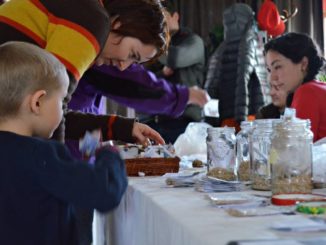
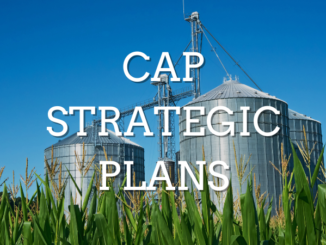
Hi Camilla, would you like to do a more detailed post on this topic for our soil debate?
Hi, what is the role of manure for the soil quality, humus and biological Life? At the moment 10% of Swedens manure is seen as waste or fuel since it comes from horse stables. This is for me a tremendous loss. We need to close the loop with agriculture, instead large scale burning for “renewable” energy is starting to solve the problem of the stables.